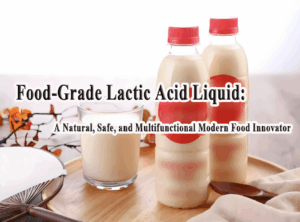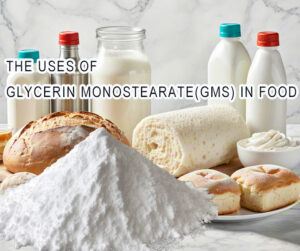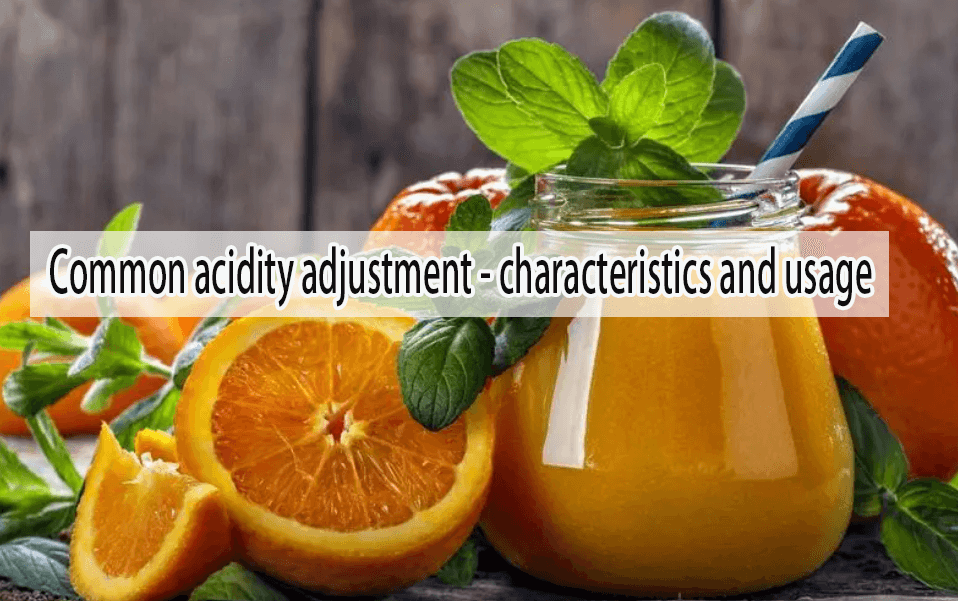
Common acidity adjustment – characteristics and usage
Acidity regulators, also known as pH regulators, are additives used in the food industry to maintain or alter the acidity or alkalinity of food. They can improve the taste, stability, color, and shelf life of food by adjusting its pH value. Here are some common acidity regulators and their usage standards and characteristics in food processing:
Citric acid:
Characteristics: Colorless or white crystals, strong acidity, weak aftertaste. Citric acid is one of the most commonly used acidity regulators in the food industry.
Usage: Often used in combination with lactic acid and sodium citrate to achieve an ideal balance of acidity.
Addition amount: It is usually adjusted according to the specific needs of the food, and when used in combination with other acidifiers, the proportion is determined according to the formula requirements.
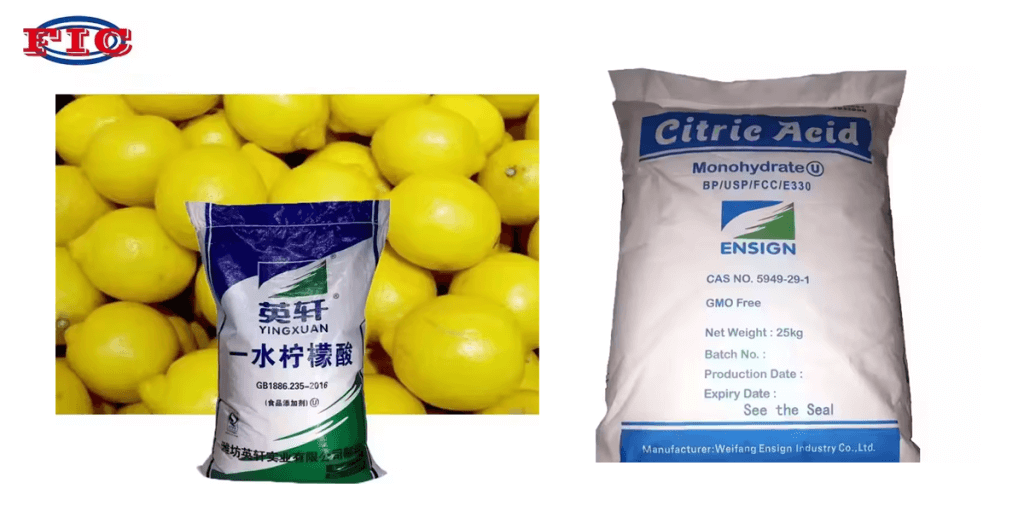
Malic acid:
Characteristics: White crystal or powder, with a sour taste about 20% stronger than citric acid, refreshing taste, long-lasting acidity, and slight astringency.
Usage: Used in combination with citric acid, with a typical addition amount of 10% to 20% of citric acid.
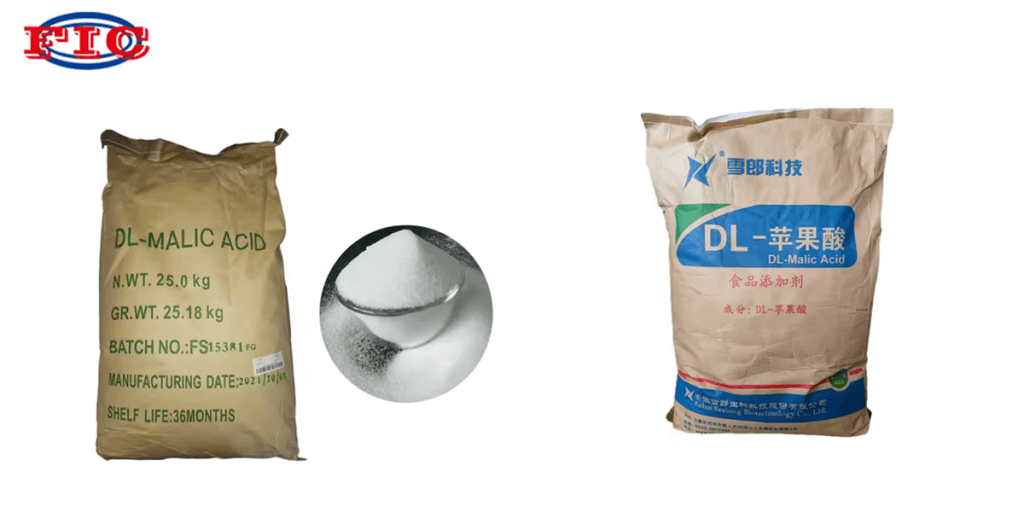
Lactic acid:
Characteristics: Colorless or light yellow paste like liquid with a specific astringent sour taste.
Usage: It is a commonly used acidifier in lactic acid bacteria beverages and fermented dairy products.
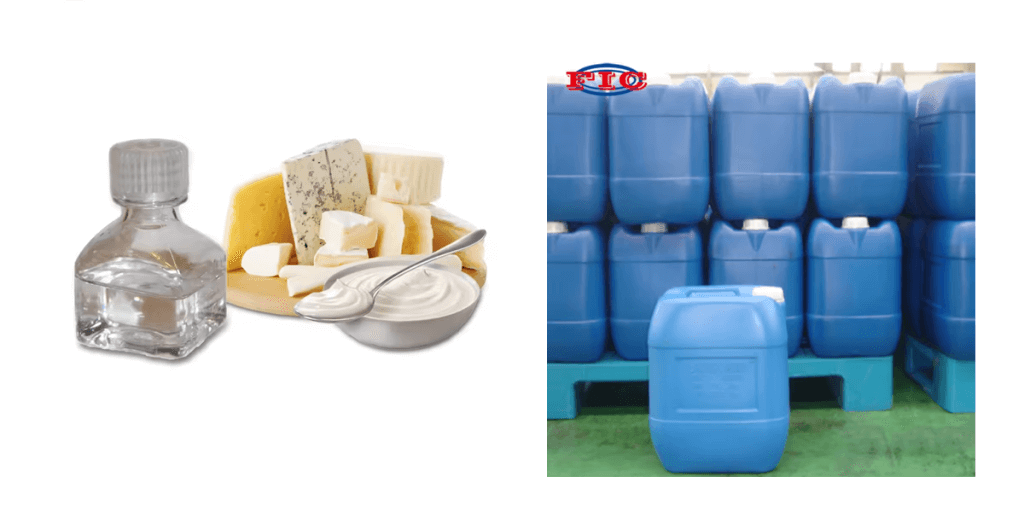
Phosphoric acid:
Characteristics: Colorless transparent or white crystals, with a sour and astringent taste.
Usage: Commonly used in carbonated beverages and some processed foods as an acidity regulator and preservative.
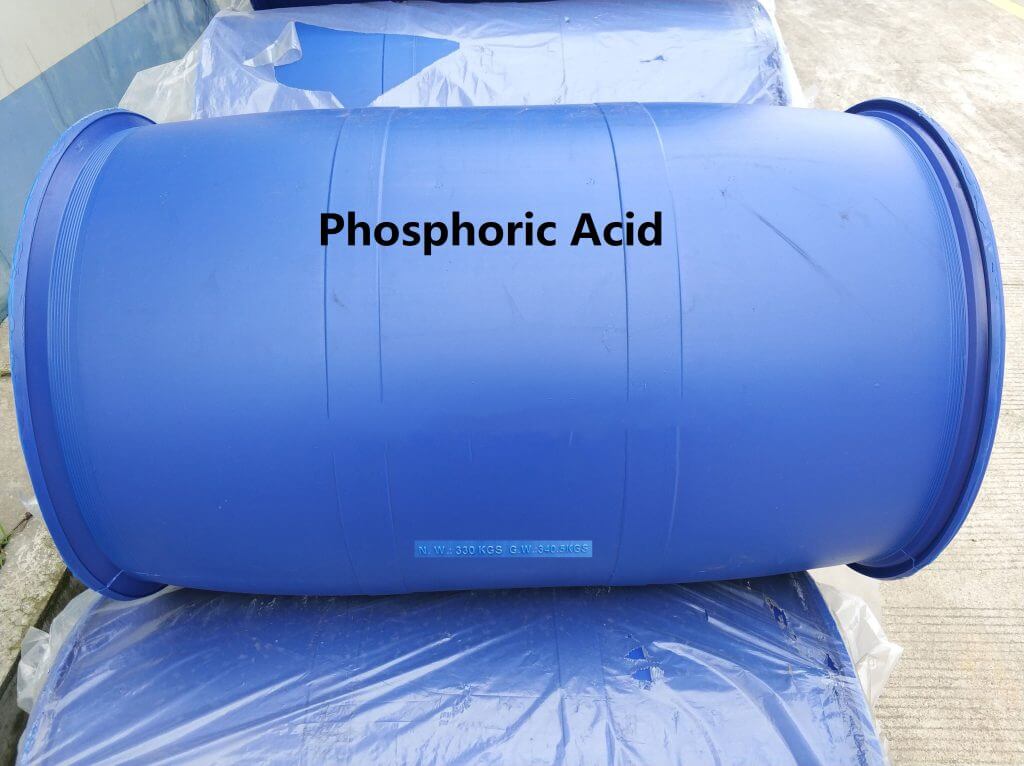
Tartaric acid:
Characteristics: Originating from grape juice, it can be used to control precipitation and prevent tartrate precipitation.
Usage: Used as an acidity regulator in the production of wine and other alcoholic beverages.
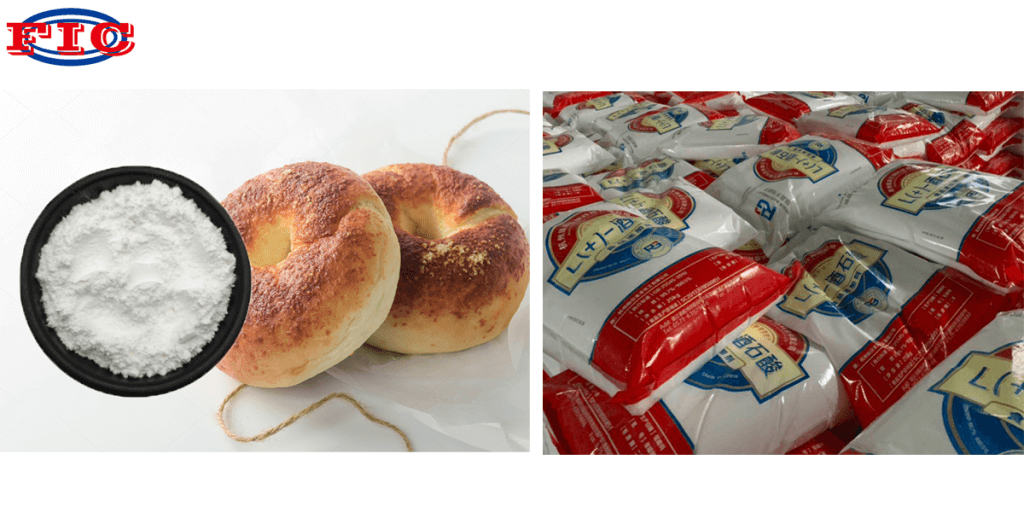
Sodium citrate:
Characteristic: It is the sodium salt of citric acid, used to alleviate the sour taste of citric acid.
Usage: Used in combination with citric acid to improve the taste of food.
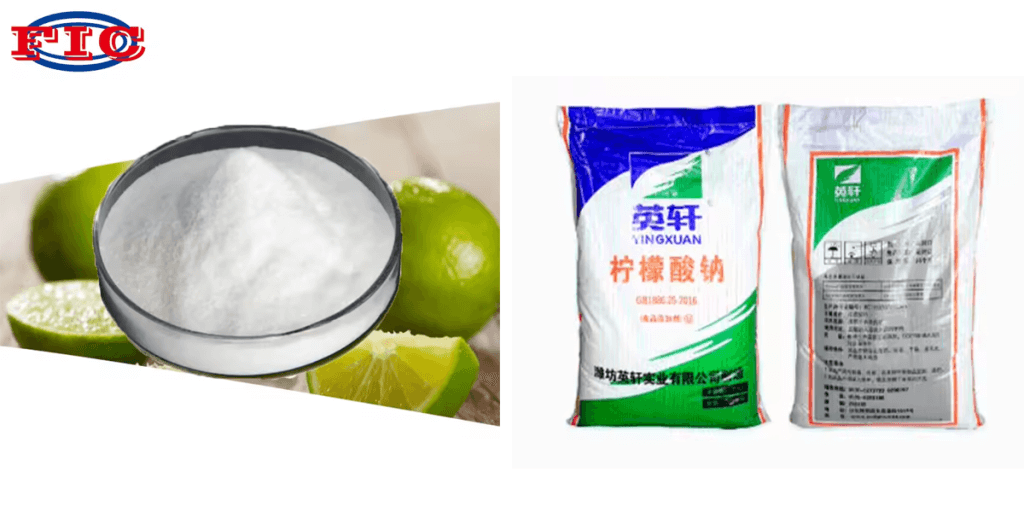
In practical applications, the amount of acidity regulator used not only depends on the pH target of the food, but also considers the taste, flavor, stability, and interaction with other additives of the product. Proper use can significantly enhance the sensory characteristics and shelf life of food.
If you are interested in acidity regulator products and need to purchase, please do not miss us. We have 15 years of experience in foreign trade exports, please contact us FIC!







